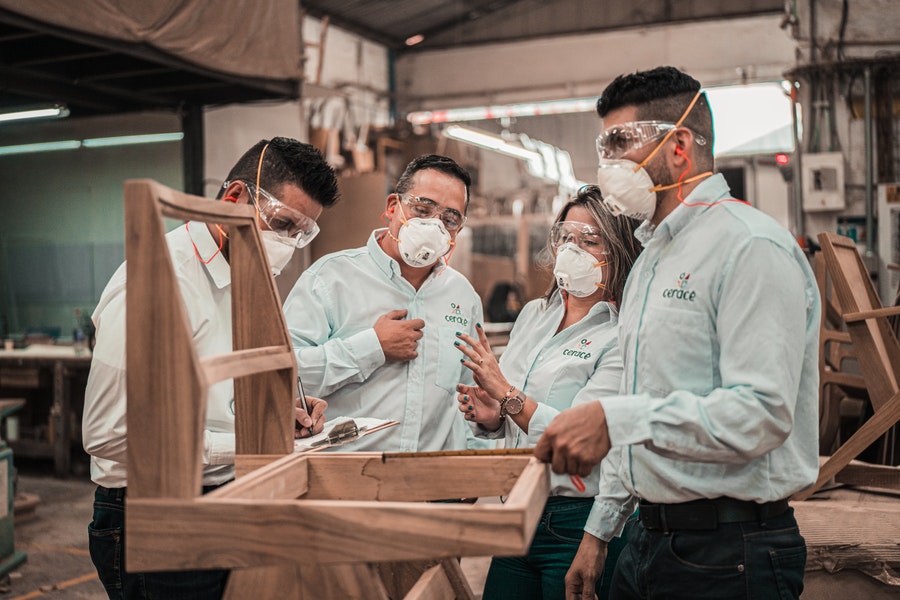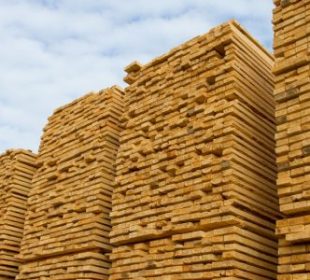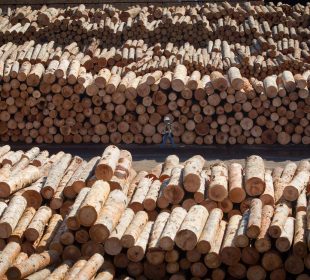The survival of viruses on wooden surfaces is studied in a project started last summer by the universities of Eastern Finland and Jyväskylä.
The first tests would seem to indicate, among other things, that the contagiousness of coronaviruses decreases much more rapidly on a wooden surface than on other materials, such as plastics.
Paperboard and paper, too, appear to perform better than plastics against coronaviruses, though the viruses do survive longer on them than on wood.
“This shows that there are good grounds for not using paper money during a virus epidemic and for maintaining good hand hygiene,” says Associate Professor Antti Haapala from the University of Eastern Finland.
Plastic is not an ideal solution, either, so when paying with a card, the best methods are those that do not require the card to be passed from one person to another. Even then you should always wash your hands on coming home at the latest.
The data on contagiousness says nothing about how likely an infection is. The most likely way of catching the virus is still by air.
“Since last spring, however, findings have been published showing that coronaviruses can survive on surfaces for hours, days and even weeks. So we felt it necessary to study how long they remain contagious on different surfaces and in different conditions,” says Haapala.
The project compares the survival and contagiousness of viruses on wooden and wood product surfaces, both treated and untreated. It also studies packaging materials and paper products, as well as glass, stone, plastic and textile surfaces.
“You could say we’re studying all of the surfaces that people will come in contact with in their daily lives,” says Haapala. The contagiousness is studied under varying periods of time, temperatures and degrees of humidity.
The project will run until the end of 2021, and by then it is hoped that the fight against the current pandemic will at least partly be won, thanks to one or several vaccines. Because of this, the project also studies the contagiousness of several other viruses.















